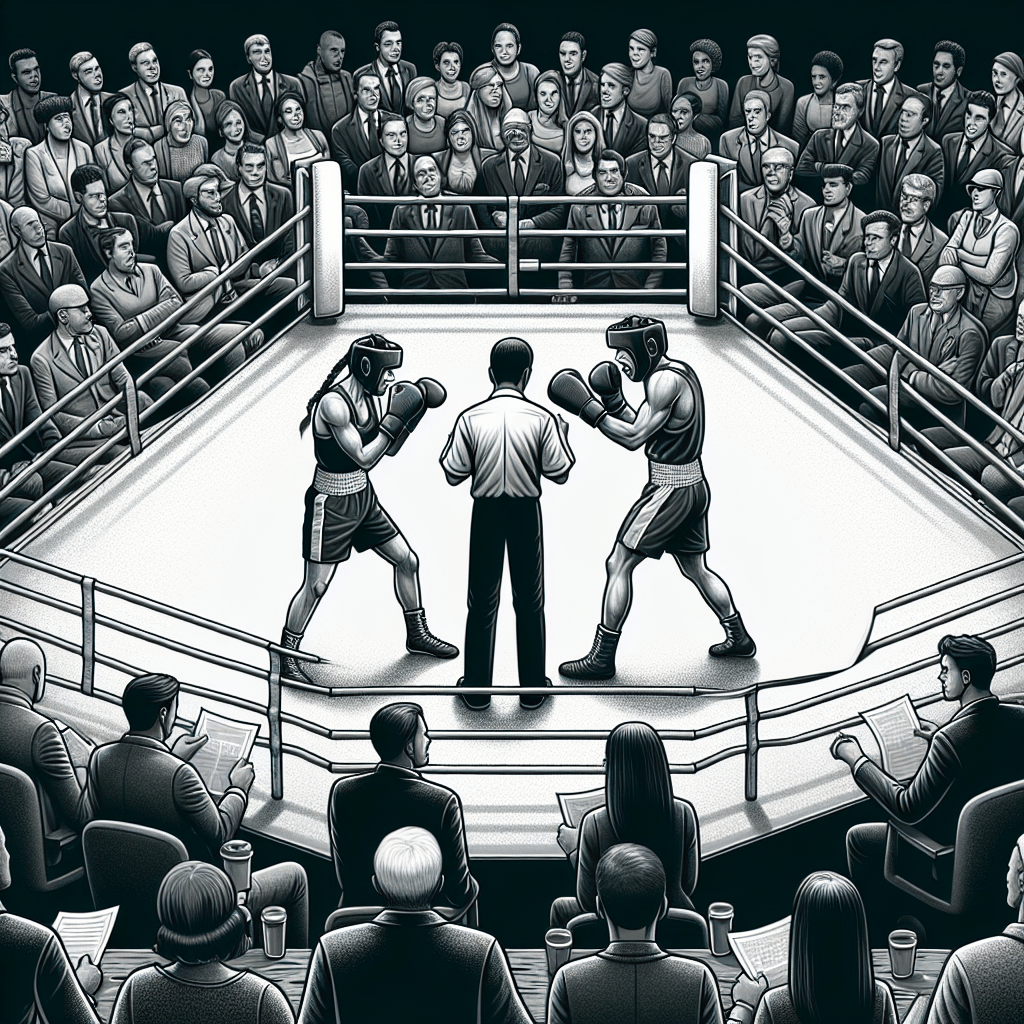Introduction to Boxing
Boxing is a combat sport wherein two people, typically wearing protective gloves, throw punches at each other for a predetermined amount of time in a boxing ring. The primary objective of this traditional form of martial art is to weaken and ultimately force the opponent to either be knocked out or be physically unable to continue the bout.
This sport dates back to ancient civilizations. With time, it evolved and has become more formalized and structured, creating a tradition that has been handed down generation after generation, in various forms around the world.
History of Boxing
Historically, boxing can be traced back to ancient civilizations. The earliest evidence points to the Middle East where Sumerian carvings depicting fistfights from the 3rd millennium BC were discovered. Ancient Egyptian relics from around 2000 BC also show bouts of fist fighting. With time, it amassed popularity throughout the Mediterranean region, manifesting itself in Ancient Greece. In the original Olympic Games in 688 BC, boxing became an official sport.
In Rome, boxing followed suit but evolved significantly. Rather than leather hand coverings, boxers used to wear a type of glove known as the cestus, a lethal weapon that often resulted in the death of a contestant. As the Roman Empire fell, so too did the popularity of boxing, which would only regain its strength in the late medieval period in Europe.
Modern boxing as we know it today, began to take shape in England in the 18th century, where it was originally practiced bare-knuckle and prized for its brutality. Over the years, numerous champions emerged, and it wasn’t until 1867 when the first set of codified rules – the Marquess of Queensberry rules, were introduced. These rules established the rounds, duration, and use of gloves in boxing and have mostly remained constant to the present day.
Technical Aspects of Boxing
Boxing is not just about physical strength or speed; it is a careful combination of technique, strategy, finesse, and mental toughness. Every movement in the ring – a punch, a duck, or a step – is a carefully calculated decision aimed towards wearing down the opponent while minimizing one’s vulnerability.
Boxers primarily use four types of punches: the jab, the cross, the hook, and the uppercut. The jab is a straight punch using the lead hand, while the cross is a powerful punch thrown with the rear hand. The hook is a round punch thrown with either hand at the opponent’s head or body, and the uppercut is a vertical, rising punch thrown with either hand.
Footwork is another crucial aspect of the sport. It allows boxers to move around the ring efficiently while maintaining balance and power to execute moves. Great footwork gives boxers the ability to be in the right place at the right time and to deliver punches with the maximum power.
Boxers must also master the skill of defense. The common defensive techniques are slips, bobs, weaves, parries, and blocks. Another significant aspect of defense is ‘ring craft,’ a term that encompasses the strategic movement around the boxing ring to cut off your opponent’s escape routes, control the distance, and set traps.
The Boxing Industry
Boxing’s influence goes beyond the physical aspect, providing livelihoods to millions and entertainment to many more. It includes the boxers, promoters, trainers, managers, referees, ring judges, and the broadcasting entities. Promoters and managers play a crucial role in arranging the fights and negotiating the financial aspects.
Boxers get their income from purses (the amount a boxer earns for a fight), sponsorships, and broadcasting rights, amongst others. Big fights, especially championship fights, generate huge revenue from pay-per-view buys, ticket sales, and sponsorships.
Physiological Impact of Boxing
Boxing is a sport that demands an immaculate level of fitness. The rigorous training that boxers endure provides numerous health benefits to its practitioners. These benefits include increased cardiovascular health, improved total-body strength, better hand-eye coordination, decreased stress, and enhanced body composition.
However, like any other sport, boxing comes with potential risks. Boxers might experience bruises, fractures, or concussions due to the physical strains involved. Long-term neurological problems, including chronic traumatic encephalopathy (CTE), are also associated with professional boxing due to repeated blows to the head.
Popular Boxers in History
Boxing has given the world many legendary athletes, whose performances in the ring have often transcended the sport itself. Some of these greats include Muhammad Ali, known as the ‘The Greatest,’ who was a three-time heavyweight champion and renowned for his charismatic and outspoken personality. Sugar Ray Robinson, who was named the greatest boxer of the 20th century by The Associated Press, and Rocky Marciano had a style that personified grit and determination, and he was the only heavyweight champion to retire undefeated.
Modern era boxers, like Floyd Mayweather Jr. and Manny Pacquiao, have also notably contributed to the sport. Mayweather Jr. is famous for his defensive tactics and remarkable record of 50 wins and no losses while Pacquiao, a legendary boxer from the Philippines, is the only eight-division world champion in the history of boxing.
Notes
Image Description
An black and white image of a traditional boxing ring filled with fans seated around in anticipation, two boxers in their protective gear are in the middle of the ring exchanging blows, while a referee attentively monitors their moves.
